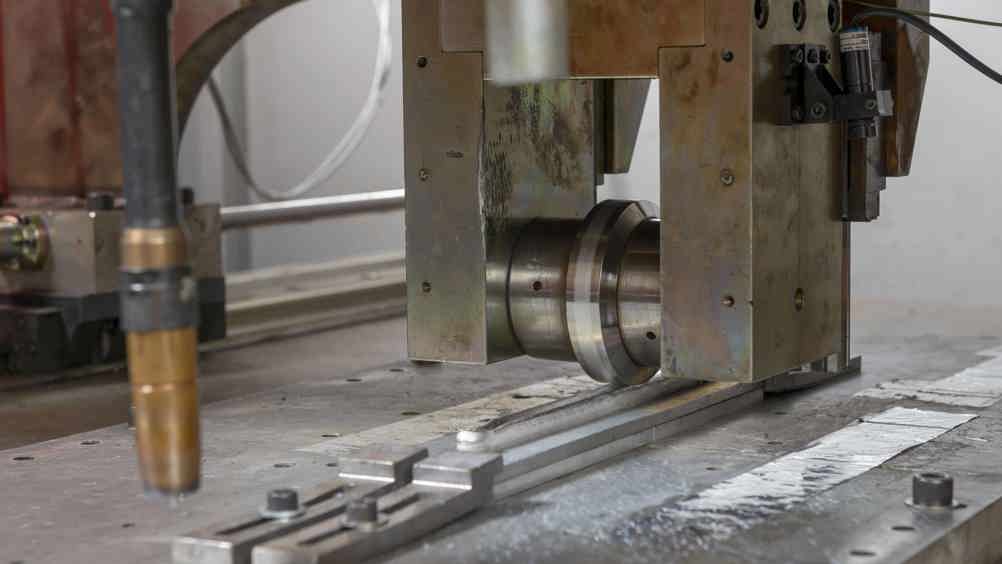Printed titanium aircraft parts challenge forging strength with reduced cost
The costs and waste associated with producing complex titanium alloy components for aircraft could be reduced if those parts were made using additive layer manufacturing.

This is the aim of RAWFEED, a £995,000 R&D project, with £630,000 support from Innovate UK that aims to deliver pre-forms that are equivalent to Class One forgings whilst simultaneously reducing waste from 80-90 per cent to 30-35 per cent and significantly increasing production efficiency.
The RAWFEED (Rolling Assisted Wire Feed Direct Deposition for Production of High Value Aerospace Components) process uses a welding torch to deposit a continuous bead of material on a titanium baseplate. This first layer cools down and is then cold rolled to improve the material’s properties.
The consortium is developing and validating the performance of sub-system hardware and software behind the process, with Cranfield using a large friction stir welding machine to provide the forces and motion control required for cold rolling.
Adrian Addison, a senior research fellow at Cranfield University explained that wire and arc ALM can lead to parts that with large columnar grains that grow vertically through the structure as it is deposited.
Register now to continue reading
Thanks for visiting The Engineer. You’ve now reached your monthly limit of news stories. Register for free to unlock unlimited access to all of our news coverage, as well as premium content including opinion, in-depth features and special reports.
Benefits of registering
-
In-depth insights and coverage of key emerging trends
-
Unrestricted access to special reports throughout the year
-
Daily technology news delivered straight to your inbox










Water Sector Talent Exodus Could Cripple The Sector
Maybe if things are essential for the running of a country and we want to pay a fair price we should be running these utilities on a not for profit...